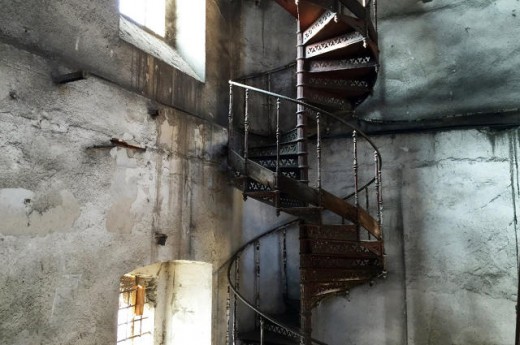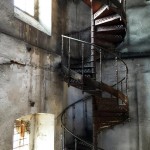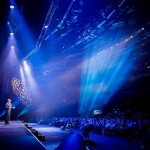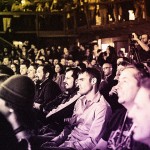A Pentagram designer Explores Her household’s break out From Nazis
partner Marina Willer, who designed the Tate museum’s logo, makes an attempt her most private undertaking yet: a film about her family.
December 7, 2015
Pentagram accomplice Marina Willer, the dressmaker in the back of the long-lasting the Tate museum brand and identity for The Serpentine Gallery in London, has long integrated film into her private and professional projects. Her film “exposed” presented the 2011 exhibition of architect Richard Rogers at the the Design Museum, and her shorts—including the award-profitable “Cartas da Mãe”—have been shown everywhere Europe.
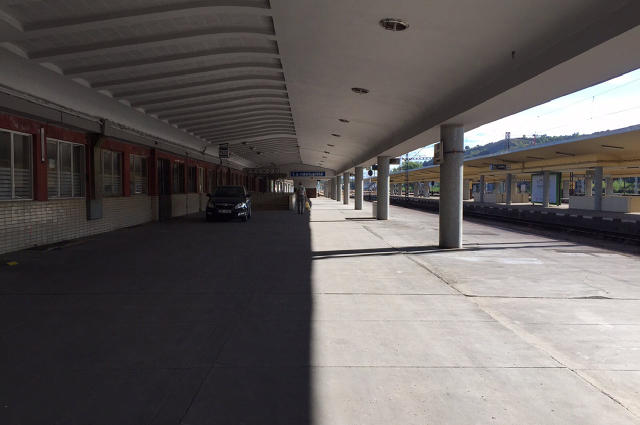
however her latest film, crimson timber marks a big step in her filmmaking career. For one, the subject material is rather more non-public: The movie tells the story of her household’s escape to Brazil from Nazi-occupied Prague (her household was once one in every of simply 12 Jewish families to live to tell the tale town’s occupation). it’s filmed by way of cinematographer César Charlone, who is famous for metropolis of God and The steady Gardener. “Charlone challenged me to make a film that was now not overly design-y and not only for designers, but for everyone,” says Willer.
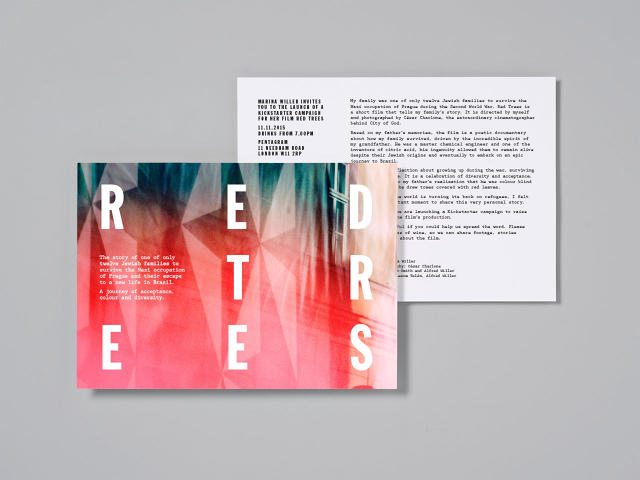
purple timber, which is now raising dollars on Kickstarter, is told from the viewpoint of Willer’s father, who was once a baby at the time of Prague’s occupation. His father, Willer’s grandfather, was a chemist, and one of the vital scientists to discover citric acid, the pure preservative in citrus fruits. It was once on account of that method that the household was once in a position to flee somewhat easily—the Czechs wanted to verify it used to be saved secure from the Germans. When the Gestapo visited the Willers’ home, her grandfather hid the components in his wife’s recipe e-book.
once safely in Brazil, Willer’s father grew as much as turn into an architect, a discipline he arrived at via his fond recollections of the constructions in Prague. lately, Prague’s architecture is still in tact largely because the occupation spared it from intensive bombing. Willer makes use of empty structures and abandoned factories as a storytelling software in the movie, showing a city left fairly unscathed, but most effective superficially.
“it can be now not just the Jews that suffered however a whole u . s . that lost an opportunity because of the occupation,” she says. “[Czechoslovakia] was flourishing before warfare, it was great example of democracy and success. It misplaced a variety of its doable in Jewish culture, and as a country and in its business as a result of what happened there. i wished to use those buildings that incorporate these recollections, and go away much more for the imagination.”
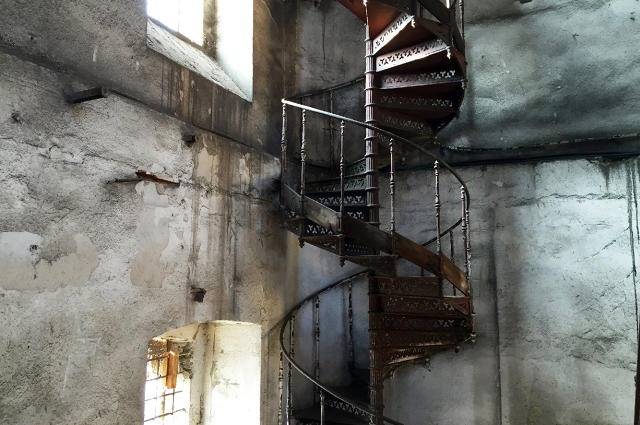
One thing you won’t in finding within the movie: the images of Hitler and concentration camps that are common in films about World warfare II. as a substitute, Willer opted for a extra poetic translation of that time in history. She attracts a parallel between her family’s story—and the stories of many people displaced right through the battle—and the refugees looking for asylum these days. “The story turns into way more related [because of the refugee crisis],” she says. “the purpose of telling personal tales is that they become common, and we are able to learn from historical past to now not make this mistake again.”
With the first 1/2 of filming in the back of them, Willer and her workforce have introduced the undertaking to Kickstarter in hopes of attracting enough money to make the 2nd 1/2. read extra about red trees right here.
[All Images: Marina Willer]
(12)

